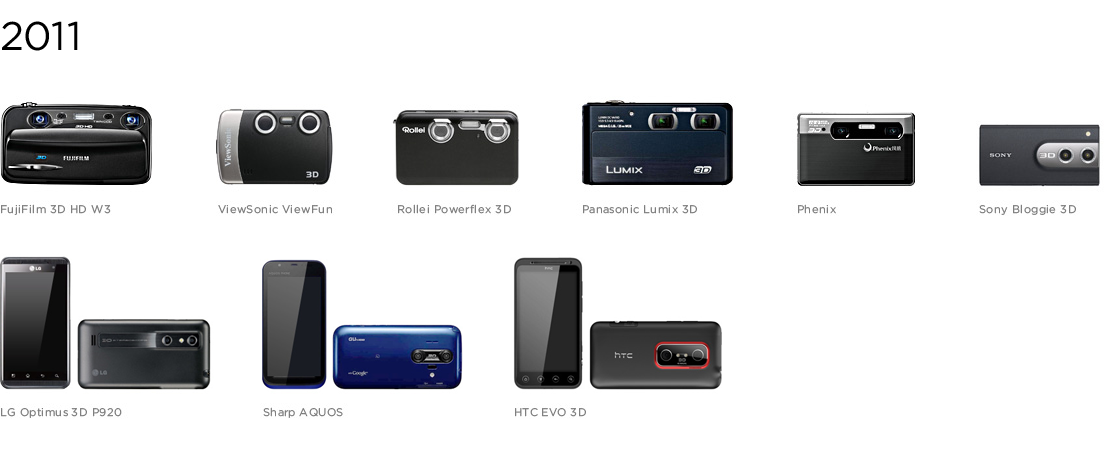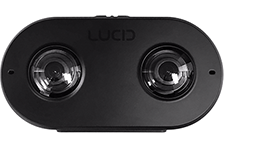180° VR Validation
 Friday, June 23, 2017 at 4:42PM
Friday, June 23, 2017 at 4:42PM As any regular reader here knows, for almost two years now I’ve been predicting, evangelizing, and opining on 180° stereoscopic as the format that will bring VR content to the masses.
In 2011 a phalanx of stereoscopic cameras were introduced to the market (as well as several smartphones with stereo cameras). These failed because there was no consumption device — the Oculus Kickstarter would not launch for another year.

When Oculus did reignite interest in virtual reality, it was held firmly in the hands of the gaming industry that, for obvious reasons, values 360° over all else. This resulted in a flood of 360° ball cameras onto the market, most of which did not even include stereo vision — the result was the inside-the-tin-can flat panorama, made with a product that was not pocketable in form factor. I have predicted that this format, and these cameras will fail as a product category.

In addition to UGC content, I’ve also promoted 180° stereoscopic VR for cinematic content — in cinematic VR the director still has a role, and as Greg Madison of Unity has stated, rendering content behind a cinema viewer’s head is “a waste of pixels.”
 Yesterday night I attended LUCID’s product launch party. On the same day Google announced their own VR180 format in a partnership to produce cameras with Lenovo and LG — the timing of Google’s announcement with Lucid’s launch party is surely not coincidental. This week Google also rolled out VR heat maps into YouTube’s VR analytics platform showing that fully 75% of users never stray beyond the front 90° field-of-view in 360° video content.
Yesterday night I attended LUCID’s product launch party. On the same day Google announced their own VR180 format in a partnership to produce cameras with Lenovo and LG — the timing of Google’s announcement with Lucid’s launch party is surely not coincidental. This week Google also rolled out VR heat maps into YouTube’s VR analytics platform showing that fully 75% of users never stray beyond the front 90° field-of-view in 360° video content.
The path to broad consumer adoption will ultimately take place through the smartphone. Fortunately, unlike un-pocketable 360° ball cameras, the form factor of 180° stereoscopic cameras is capable of being absorbed into the phone.
Apple and Samsung are ultimately the only players that have enough market share to do this at scale. Samsung should have done so with the introduction of Samsung Gear VR. Apple should have done so already — unfortunately, if iPhone case leaks are accurate, they won’t be doing so in this year’s model either.

Stereoscopic videography in a smartphone will not only bring 180° VR content creation to the masses, but also turn any Samsung Gear or Google Cardboard style smartphone-enabled VR headset into a video-through AR headset, providing a bridge to AR glasses.
The technology is here, what is the industry waiting for?
